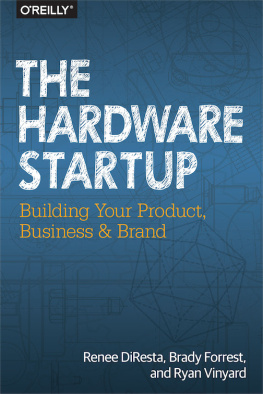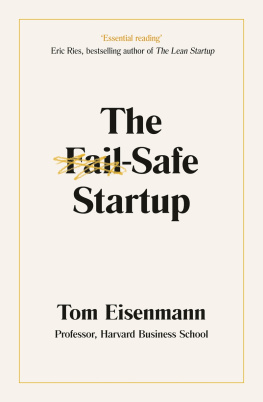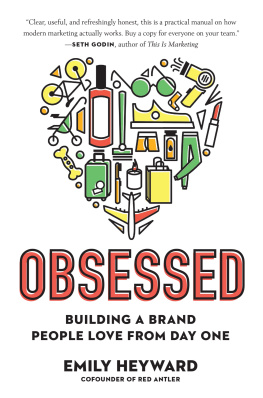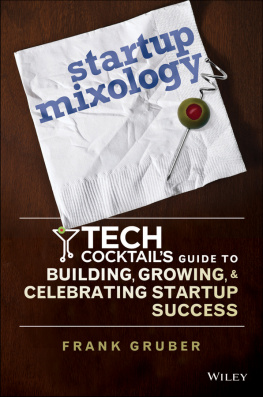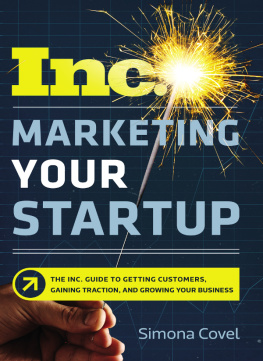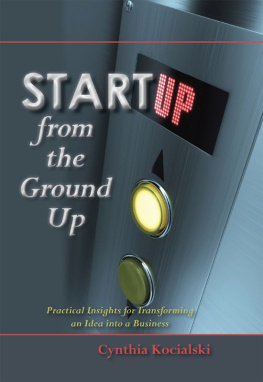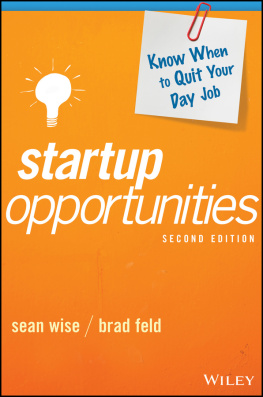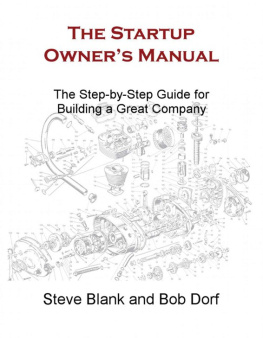Renee DiResta - The Hardware Startup: Building Your Product, Business, and Brand
Here you can read online Renee DiResta - The Hardware Startup: Building Your Product, Business, and Brand full text of the book (entire story) in english for free. Download pdf and epub, get meaning, cover and reviews about this ebook. year: 2015, publisher: OReilly Media, genre: Home and family. Description of the work, (preface) as well as reviews are available. Best literature library LitArk.com created for fans of good reading and offers a wide selection of genres:
Romance novel
Science fiction
Adventure
Detective
Science
History
Home and family
Prose
Art
Politics
Computer
Non-fiction
Religion
Business
Children
Humor
Choose a favorite category and find really read worthwhile books. Enjoy immersion in the world of imagination, feel the emotions of the characters or learn something new for yourself, make an fascinating discovery.
- Book:The Hardware Startup: Building Your Product, Business, and Brand
- Author:
- Publisher:OReilly Media
- Genre:
- Year:2015
- Rating:3 / 5
- Favourites:Add to favourites
- Your mark:
The Hardware Startup: Building Your Product, Business, and Brand: summary, description and annotation
We offer to read an annotation, description, summary or preface (depends on what the author of the book "The Hardware Startup: Building Your Product, Business, and Brand" wrote himself). If you haven't found the necessary information about the book — write in the comments, we will try to find it.
Thanks to the decreasing cost of prototyping, its more feasible for professional makers and first-time entrepreneurs to launch a hardware startup. But exactly how do you go about it? This book provides the roadmap and best practices you need for turning a product idea into a full-fledged business.
Written by three experts from the field, The Hardware Startup takes you from idea validation to launch, complete with practical strategies for funding, market research, branding, prototyping, manufacturing, and distribution. Two dozen case studies of real-world startups illustrate possible successes and failures at every stage of the process.
- Validate your idea by learning the needs of potential users
- Develop branding, marketing, and sales strategies early on
- Form relationships with the right investment partners
- Prototype early and often to ensure youre on the right path
- Understand processes and pitfalls of manufacturing at scale
- Jumpstart your business with the help of an accelerator
- Learn strategies for pricing, marketing, and distribution
- Be aware of the legal issues your new company may face
Renee DiResta: author's other books
Who wrote The Hardware Startup: Building Your Product, Business, and Brand? Find out the surname, the name of the author of the book and a list of all author's works by series.

